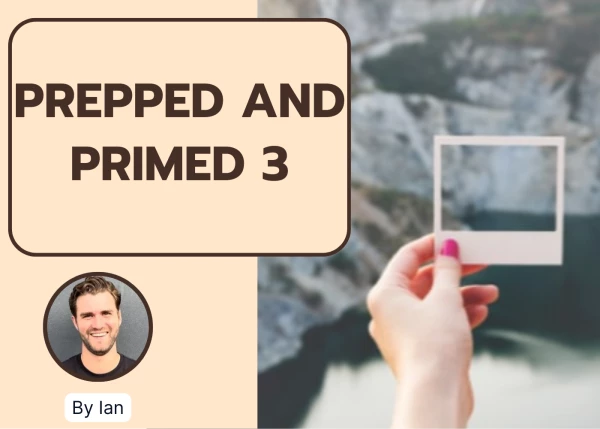Hello all -
I have a case prompt that I am trying to formulate an analysis / problem tree for. Would appreciate any input.
Situation:
A Personal & Casualty insurance company has recently conducted an internal analysis and has determined that its distribution model is unprofitable. This conclusion was determined by analysis the commission earned by its advisors and the allocated costs required to generate that commission. The company also operates a call center and a digital direct to consumer offering.
The client is trying to improve it’s distribution and bring it back to profitability.
My approach : Revenue vs Costs
Begin by taking a first principles approach and evaluating the insurer as a whole:
Revenues:
- Industry: insurer vs industry to determine growth against industry
-New client acquisition : Determine growth rates regionally for company, growing in the right markets or falling behind in markets
- New client : Determine revenue per client economics to understand if clients are generating revenues in line with industry
- Existing client : Determine if client is effective at generating revenue from its existing clients
Costs
- FC : Determine recent investments (this is where I am struggling, do I need to focus Here?)
- FC : Evaluate FTE bench marking costs
- VC : Evaluate commission structure
- VC : Evaluate marketing effectiveness and Cost of Acquisition
- VC : Evaluate servicing costs per client / FTE coverage per client
Would appreciate any feedback, thanks !









